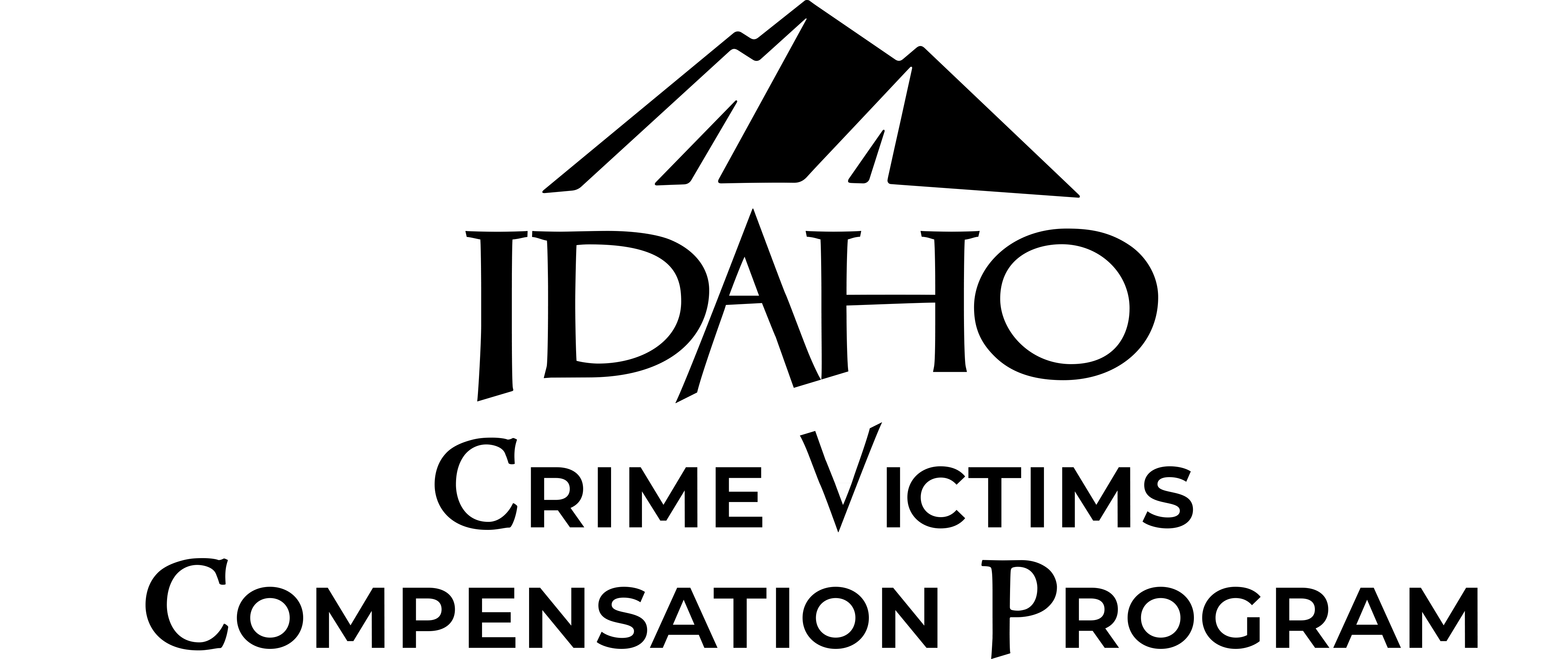The Idaho Industrial Commission, through the Crime Victim Compensation Program, offers social and financial assistance to victims of violent crime and their families. The Program offers compensation to crime victims for expenses incurred as a result of their victimization. Eligible reimbursements may include lost wages, medical, funeral, and counseling expenses up to a maximum of $25,000
Through Fiscal Year 2021, the Program has assisted over 50,862 victims of crime, and provided over $50,000,000 in financial assistance. In FY21, the Program received 3,212. applications for assistance.
Nearly 90% of these cases involved criminal misconduct against women and children.
Funding for the Program is received primarily from fines levied on misdemeanor ($37.00) and felony ($75.00) convictions and a $300.00 penalty for sex offense convictions. The Program also receives funding from a Federal Victims of Crime Act (VOCA) grant, court ordered restitution, recovery from civil suits filed against offenders and from contributions.
In FY01, the Program established a Financial Recovery Department to work cooperatively with the courts to hold offenders financially responsible by aggressively seeking reimbursement through restitution and subrogation. The judge presiding over the criminal case determines how much the offender is to pay and to whom. Funds recovered by the program are used to provide assistance to victims of crime throughout Idaho.
In June 2006, the Program celebrated their 20th anniversary of providing assistance to crime victims. The celebration was attended by victim service professionals from across the state. Featured speakers included the Executive Director of the National Association of Crime Victims’ Compensation Boards and a recipient of compensation benefits. The recipient provided first-hand insight into the impact that compensation benefits has on crime victims.
Since 2001, the Program has been responsible for administering payment of sexual assault forensic examinations statewide. The Program’s early involvement in sexual assault and child sexual abuse cases has resulted in an increase in the number of victims receiving treatment for physical and emotional injuries. Over half of all the cases filed with the Program involve sexual related offenses against children.
In conjunction with administering the Crime Victim’s Act, the Bureau Chief and his staff continue work with local government entities and private non-profit organizations to educate the public about the Program and to reach out to victims of crime. Outstanding relationships have been built with law enforcement, hospitals, care providers, crisis centers, and other victim programs to increase awareness of the services available to them through the Program.

